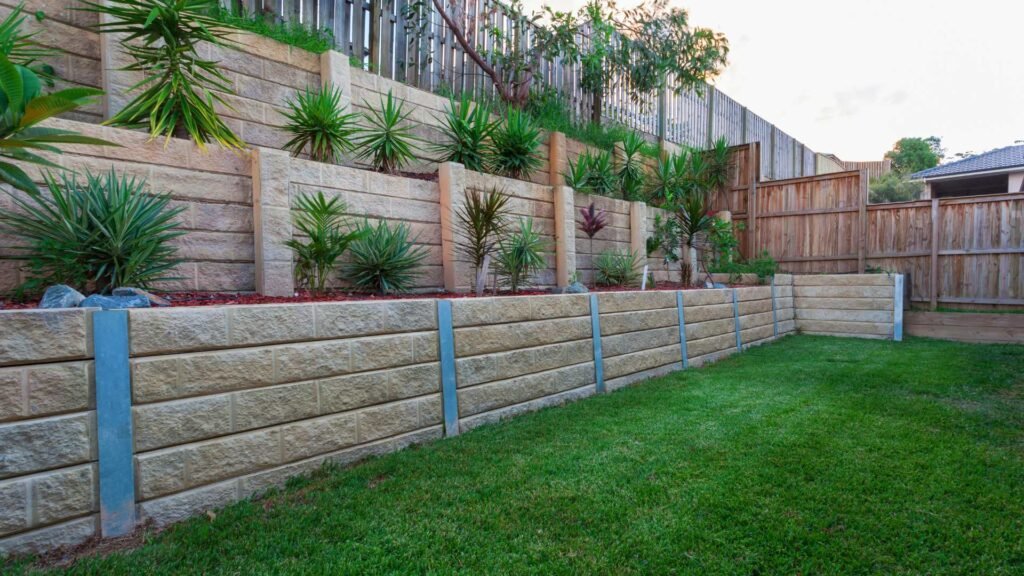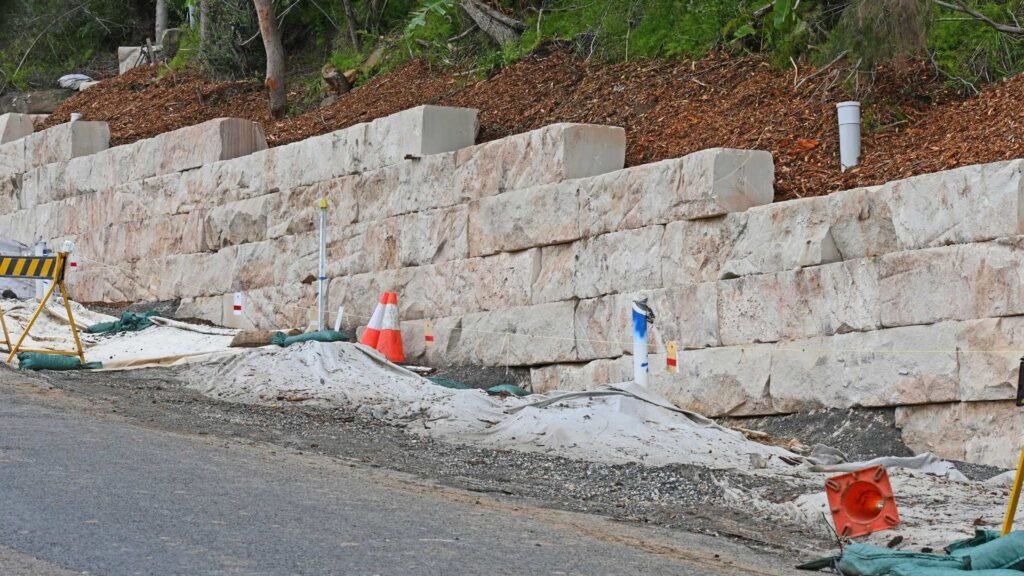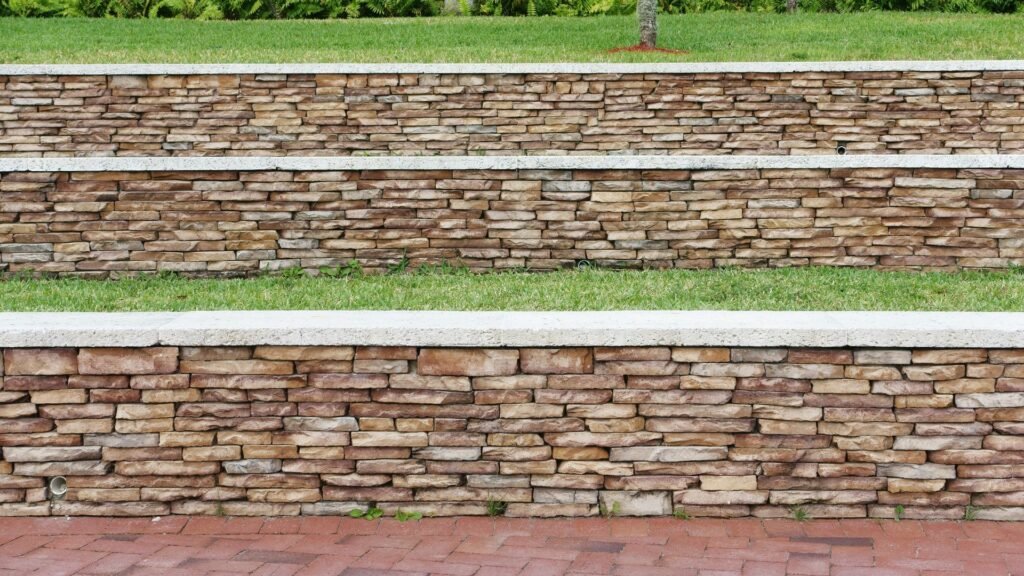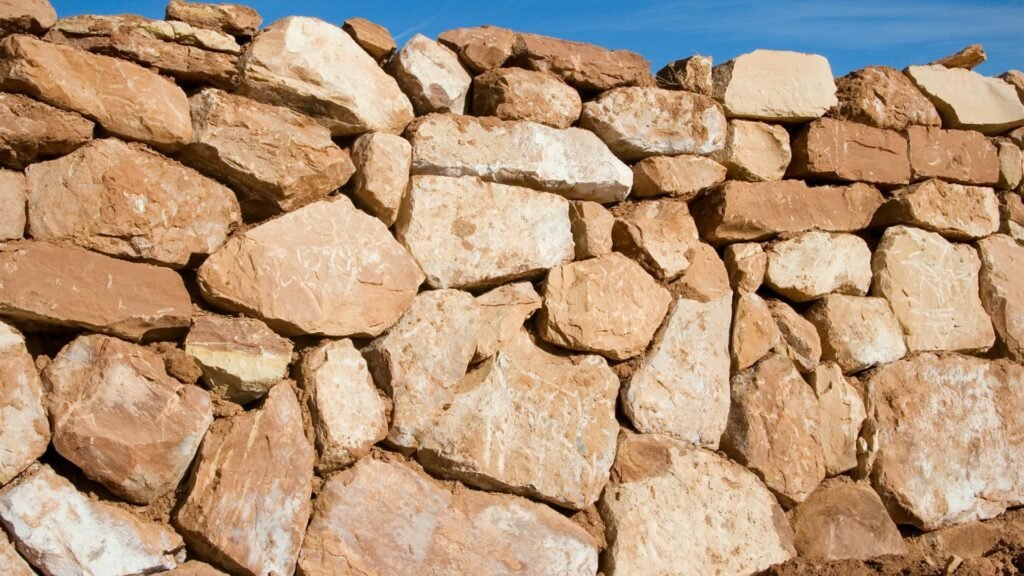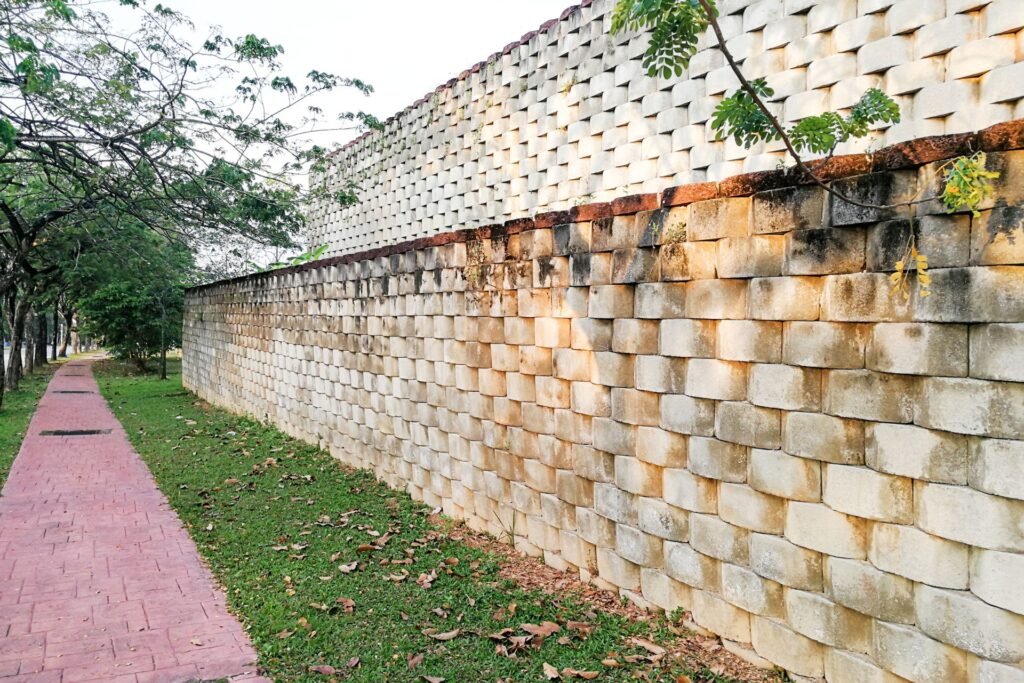When it comes to retaining walls, did you know that over 80% of retaining wall failures are due to poor drainage?
Understanding the significance of proper maintenance for your retaining wall is crucial in ensuring its longevity and structural integrity. By implementing routine inspections and addressing common issues promptly, you can prevent costly repairs and potential hazards.
Stay tuned to discover essential maintenance guidelines and effective drainage solutions to safeguard your retaining wall investment.
Importance of Retaining Wall Maintenance
Maintaining your retaining wall is crucial for its longevity and structural integrity. By regularly inspecting and addressing any issues promptly, you can prevent small problems from escalating into larger, more expensive ones.
One key aspect of maintenance is ensuring proper drainage to prevent water buildup behind the wall, which can lead to erosion and instability. Clearing any debris or vegetation that could compromise the wall’s stability is also essential.
Inspect the wall for signs of cracking, bulging, or leaning, as these can indicate underlying issues that need immediate attention. Additionally, checking for any loose or missing stones or blocks is important to maintain the wall’s overall strength.
Neglecting these maintenance tasks can result in costly repairs or even the need for a complete replacement of the wall. By staying proactive and diligent in your maintenance efforts, you can ensure that your retaining wall remains sturdy and reliable for years to come.
Common Issues With Retaining Walls
To ensure the longevity and structural integrity of your retaining wall, it’s important to be aware of common issues that may arise with its maintenance.
One common problem faced by many retaining walls is erosion at the base. This erosion can weaken the foundation, leading to potential wall failure.
Another issue is poor drainage, which can cause water to build up behind the wall, increasing pressure and risking a collapse.
Additionally, retaining walls may experience tilting or bulging due to improper construction or soil pressure. Cracking is another prevalent concern, especially in concrete walls, as it can indicate structural issues.
Vegetation growth within the wall can also pose problems by exerting pressure and causing cracks.
Regular inspections and timely repairs are essential to address these issues promptly and prevent further damage. By staying vigilant and addressing these common problems, you can maintain the functionality and durability of your retaining wall for years to come.
Inspection and Repair Guidelines
How can you effectively assess the condition of your retaining wall for potential issues that require repair?
Start by inspecting the entire length of the wall, looking for signs of leaning, bulging, or cracking. Additionally, examine the base of the wall for any erosion that may compromise its stability. It’s crucial to keep an eye out for vegetation growing between the wall blocks or any gaps that have formed, as these can signify underlying issues.
When it comes to repairs, small cracks can often be patched up with specialized sealants, while larger cracks may require the help of a professional. For loose or missing blocks, consider replacing them promptly to maintain the wall’s integrity. Address any drainage issues promptly to prevent water damage.
Regularly maintaining your retaining wall can help extend its lifespan and prevent costly repairs in the future. Remember, timely inspection and repair are key to keeping your retaining wall in top condition.
Drainage Solutions for Retaining Walls
Inspecting the drainage behind your retaining wall is crucial to ensuring its stability and longevity. Proper drainage solutions are essential as water buildup can exert pressure on the wall, leading to erosion and potential failure.
To prevent these issues, consider implementing the following drainage strategies:
1. *Weep Holes: These small openings at the base of the wall allow water to drain through, relieving hydrostatic pressure. Ensure these holes are kept clear of debris to maintain functionality.
2. French Drains: Installing a French drain behind the wall helps channel excess water away from the structure. This can be particularly beneficial in areas with high water tables or heavy rainfall.
3. Gravel Backfill: Using gravel as backfill material promotes drainage by allowing water to flow through the gaps between the stones. This can help prevent water from accumulating behind the wall.
Regularly inspecting and maintaining these drainage solutions will contribute significantly to the overall health and stability of your retaining wall. By addressing drainage issues promptly, you can extend the lifespan of your structure and prevent costly repairs.
Seasonal Maintenance Tips
Ensure your retaining wall remains in optimal condition throughout the changing seasons by implementing these essential maintenance tips. Inspect your wall regularly, looking for any signs of damage such as cracks, bulging, or leaning.
In the spring, clear any debris that has accumulated over the winter months, as this can cause drainage issues and put pressure on the wall. Summer is a great time to check for weed growth and remove any vegetation that could destabilize the structure.
As fall approaches, clean out gutters and downspouts to prevent water from pooling around the base of the wall, which can lead to erosion. Finally, before winter sets in, make sure any drainage systems are clear and functioning correctly to avoid water damage from freezing and thawing cycles.
Overall, maintaining your retaining wall is crucial for its longevity and stability. By addressing common issues, regularly inspecting and repairing any damage, ensuring proper drainage, and following seasonal maintenance tips, you can keep your retaining wall in top condition.
Remember, a well-maintained retaining wall not only enhances the aesthetics of your property but also provides essential support and protection. Don’t neglect this important aspect of your landscaping – keep your retaining wall in good shape to enjoy its benefits for years to come.
About the Author:
Mike Veail is a recognized digital marketing expert with over 6 years of experience in helping tradespeople and small businesses thrive online. A former quantity surveyor, Mike combines deep industry knowledge with hands-on expertise in SEO and Google Ads. His marketing strategies are tailored to the specific needs of the trades sector, helping businesses increase visibility and generate more leads through proven, ethical methods.
Mike has successfully partnered with numerous companies, establishing a track record of delivering measurable results. His work has been featured across various platforms that showcase his expertise in lead generation and online marketing for the trades sector.
Learn more about Mike's experience and services at https://theleadguy.online or follow him on social media:

